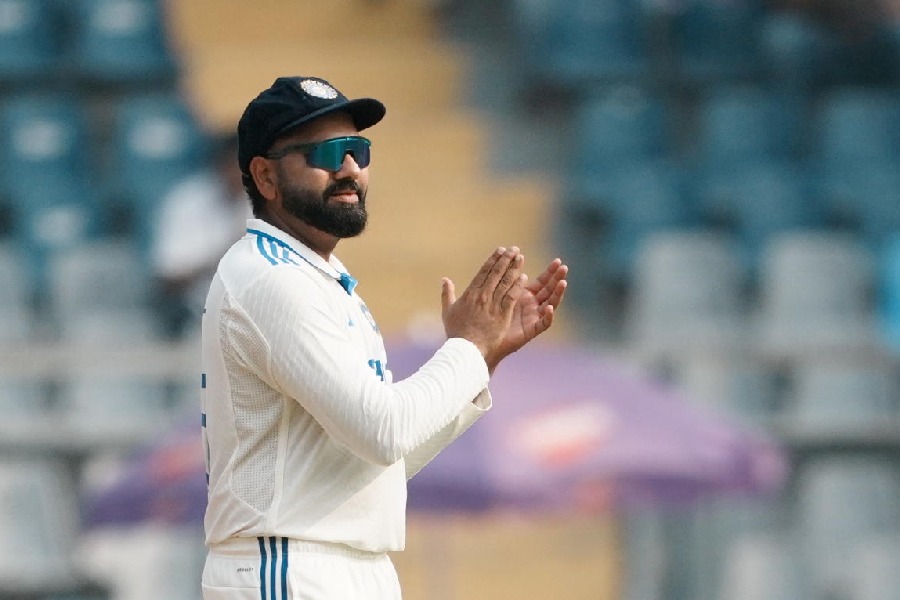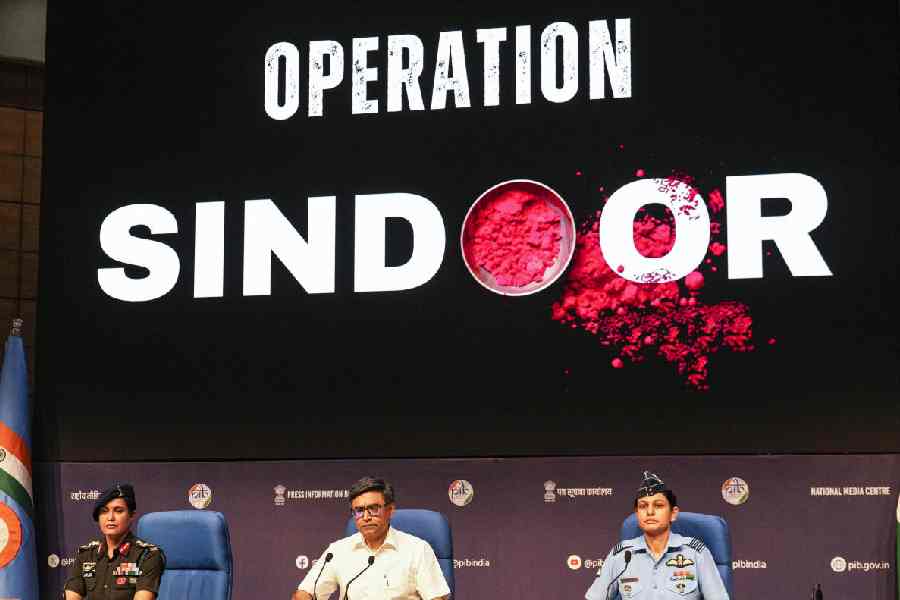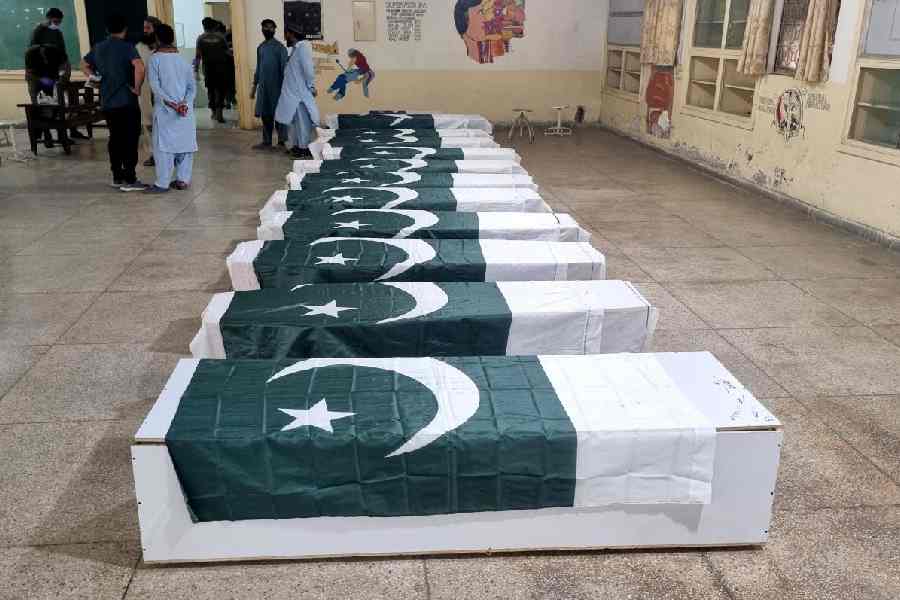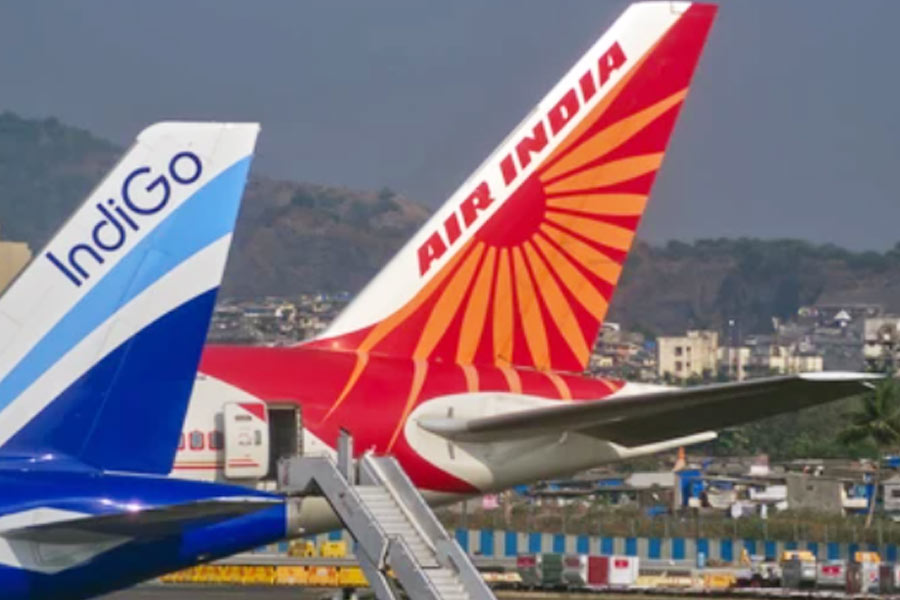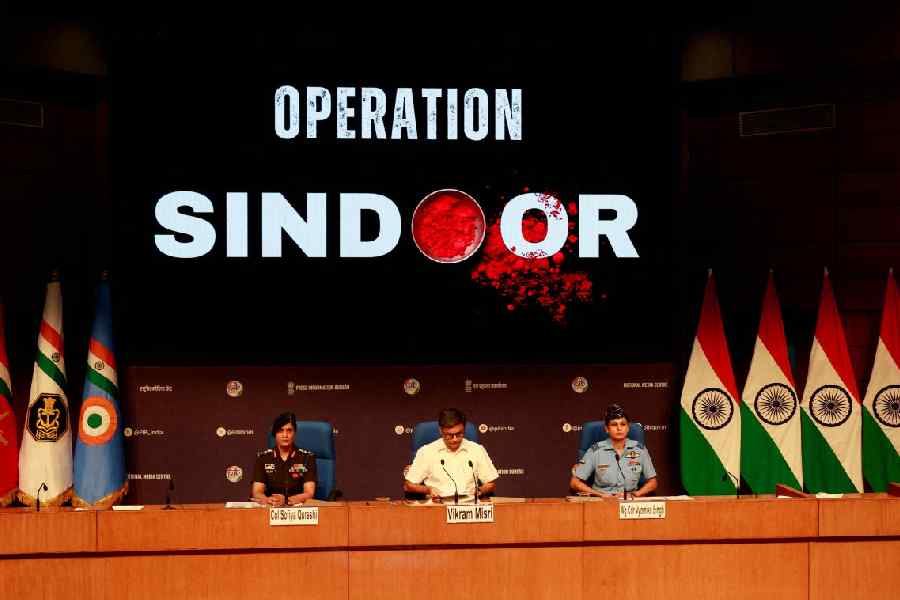
Even though the coolie town on the west bank remains a poor cousin of Calcutta, the police in Howrah seem to have gotten smarter than its counterpart on the east bank. Armed with tablets, bluetooth printers, Radio Frequency Identification (RFID) lanes, sensors, readers, Howrah policemen are deploying technology in every aspect of policing to straighten out the chaos and mayhem ruling Howrah.
The results are already visible at the gateway of Howrah, the Howrah Railway station and in Howrah town. In fact the use of the RFID system at Howrah Station has been nominated by the state government for the PM’s Award for Excellence in Public Administration, 2014. “Both the Integrated Traffic Management System (ITMS), a comprehensive computer application developed for the Howrah police and the RFID have resulted in a tremendous amount of efficiency,” said Commissioner of Police, Ajey Ranade. With the Howrah Police Commissionerate taking over the policing of the district in December 2011, the city has begun to reap the benefits of smart policing, a thing that could never be thought of in God’s forsaken land, Howrah.
Smart police

Since October 21, 2014, Howrah Police Commissionerate has implemented the ITMS. Every traffic officer in Howrah will carry a tablet with the ITMS installed in it. A thermal printer is connected to the tab through bluetooth. Till date, the Howrah police have 25 tabs. More than 50 tabs are needed to arm the entire fleet of traffic officers in Howrah. Signatures are digitised and policemen use a stylus to fill in mandatory fields and get the offender to sign. Printouts of challans are generated and handed over to the offenders then and there. This has done away with the compound book. “Our data is now stored at one place and everyone can access it real time,” said Sumit Kumar, Deputy Commissioner of Police (Traffic). The project of arming traffic guards with tabs has been implemented at a cost of Rs 20 lakh apart from the extensive training imparted to the personnel.
Spin-off : Aggregate fines

The most significant spin-off of the ITMS is that aggregate fines or compound fines can be calculated on the spot. “A multiple offender can be identified and compound fines can be slapped on the offender with the help of the app. Earlier, the traffic policemen on the road had no means of knowing whether the violator had pending cases or was a multiple offender. The tab helps the policeman check if the offender has any previous cases. Once he enters the registration number of the vehicle of the offender, the system will automatically show if the offender has previous cases. If he has, the penalty will be a compound penalty that is calculated automatically and a challan printed then and there,” said Kinkar Chakrabarty, a traffic officer at Howrah Maidan in front of the Burn Standard factory. Chakrabarty had caught a biker without a helmet and was handing him a challan. The biker was also pleasantly surprised at being handed a tab-generated challan. “I left my helmet at home in a hurry as I needed to pick up my son from his tuitions. But its nice to see Howrah Police being so tech-savvy,” he said, declining to give his name. The direct benefit of such compound fining is that it acts as a deterrent to violators, said the IPS officer. “The tendency of traffic violation comes down,” he said. However, right now, with the tab being introduced recently, the number of cases registered with the tab rose from 1,868 in November 2014 to 2,997 in December 2014. This shows our officers are getting used to with the tab,” said Kumar, a 2009 batch IPS officer from West Bengal cadre. The total number of cases has also increased. While it was 11,000 in August 2014, prior to the introduction of tabs, the number rose to 15,500 in December 2014. “This shows better enforcement. The tab has also reduced a lot of our workload,” said Kumar.
Evidence based fines

No longer can offenders challenge the police when caught for traffic violation. The tabs enable the police to take pictures of traffic violation which serves as documentary evidence for the fine slapped. “It is sometimes difficult to take pictures of traffic violation on roads, but we are trying to do it as far as possible,” said an officer at the Howrah Station.
On-line payment of fines
Offenders can pay their fines on-line or can physically make the payment at banks. The receipts could be physically sent to the traffic headquarters or they can scan copies of the receipt and can email them so that they are updated in the ITMS.
Return of seized documents
Once the cases are settled, the citizens can apply for return of seized documents through courier for which they need to pay. “A lot of hassles of getting back seized documents have been avoided through this system. Once the citizen pays the penalty, either at the bank or through netbanking, all he has to do is email a scanned copy of the bank challan to us. Once we receive that, we update our system and he can then apply for delivery of his seized documents by courier. He needs to pay the courier charge of course,” said Kumar.
The mess at the station

Howrah Railway station is the face of its richer cousin, Calcutta. It handles 15 lakh footfall per day, excluding parcel traffic. There were a number of traffic issues, including huge congestion because of bad traffic management, apart from the invasion of every inch of space outside the station by vendors, touts and sundry other operators. Illegal parking of vehicles and taxis encouraged touts with 500 to 600 of them operating inside and outside the station premises every day. The pre-paid taxi booth was the shabbiest in the country.
“The overall structure of traffic flow was very bad outside the station,” said Sumit Kumar, Howrah DC, Traffic. The railway station was managed by the Government Railway Police (GRP). “GRP didn’t have the time or the resource to look after the station,” said Kumar. Once the Commissionerate took over on December 31, 2011, the government sanctioned a Howrah Railway Station Traffic Guard with a dedicated inspector. “The first thing that needed to be done was tackle the vendors and the illegal parking,” said Indranil Sanyal, the OC at the Railway Station Traffic Guard. An average of 15,000 to 20,000 taxis crossed the railway station everyday. A total of 150 touts have been arrested from the station. “A representative of a local political strongman took Rs 10 from each taxi. One easily made Rs 1 lakh per day from the station. It was big business for the vested interests,” said Sanyal, the young IPS officer from Jharkhand cadre.
The cleaning act
The first thing that the traffic guard did was to implement a no-parking zone at the alighting point in front of the station. These included the areas around both the pre-paid and metred taxi booths. Private vehicles that were used as contract carriages were also not allowed parking anywhere apart from the designated parking zone. “If you enforce no-parking, you automatically strengthen the pre-paid taxi booths,” said Kumar. Earlier, touts would catch their preys from the station and guide them to the illegally parked vehicles outside the station, fleecing them with exorbitant rates. Besides, the manual slips issued from the pre-paid booths too were riddled with loopholes that could be compromised by the touts. “The system was unfair both to the customers as well as to the honest taxi drivers,” said Kumar. And so the advent of the RFID.

Automation and advent of RFID
Automation seemed to be the solution to the mess that was Howrah Station. First come, first served needed to be the bottomline that would incentivise taxi drivers to join the queue. So the RFID was introduced in the pre-paid taxi lines. Each taxi entering Howrah Station needed to have a tag, an innocuous yellow strip stuck on its windshield that served as the antennae. Every tag is associated with the taxi registration number that is stored in the RFID server. There are RFID readers installed in the pre-paid taxi booths. Once a taxi with a tag enters the pre-paid taxi queue, the reader automatically reads it and logs it into the system, along with the date and exact time it entered the queue, thus eliminating any chances of malpractice. “Taxi drivers did not need to pay any touts to get into the queue so that was incentive for them to get the tag and join the queue,” said Sanyal.
Malpractice at booth stopped

The person manning the pre-paid booth only has to enter the destination of the passenger into the system, which then automatically calculates the fare and a print out is generated for the customer. Any manual interference here is also eliminated with the RFID system.
“The RFID in Howrah Station is the first in our country and it was launched in April 2013,” claimed Kumar. The immediate consequence of the RFID is that the turnover of taxis at the pre-paid booths at the Howrah Station has climbed to 6,000 per day. “Earlier, we had about 600 taxis per day,” said Kumar.
Average waiting time down
The average waiting time for a passenger to get a taxi from the pre-paid booth after installing the RFID has come down to 8-10 minutes from 30 minutes. “It should be less than five minutes, we are trying to get there,” said Kumar. Taxi refusal is totally eliminated.
Cost-effective
RFID is used all over the world by logistics companies. The tags initially cost Rs 15 but now it is available for free. The RFID was supplied by TagMaster, a German company known for long range RFID systems. The company provided the RFID readers, six in all, at a cost of Rs 2.5 lakh per piece. Around 12,000 taxis have enrolled with the tags. “We have got a sponsor for the tags so they are currently available for free. The sponsor can showcase his logo on the tag,” said Kumar. Currently, around 30,000 taxis come to the station. “We are targeting to tag 16,000 taxis in three to four months,” said Kumar.
There are four pre-paid taxi lanes in the Old Complex and two in the New Complex while there is a lane for metered taxis as well.
Added boon
Another boon at the pre-paid taxi booth is the use of credit and debit cards. Since November 2014, one can pay by credit and debit card at the pre-paid booth.
Spin-off of retrieval
A major spin-off from the RFID system is the recoveries of lost goods made by the police. Recovery of lost luggage, left luggage inside cabs have risen exponentially since the introduction of the RFID. From January to December 2013, 44 mobiles, eight laptops, jewellery, six digital cameras, printers, innumerable luggage, brief cases, have been recovered. In the period from January to August 2014, 52 mobiles, eight laptops, eight cameras, jewellery, LED TV, documents, purses have been retrieved and returned to the passengers.
Apps-based service
Howrah Police has introduced apps-based service. The e-taxi and m-taxi service will be flagged off next month if all goes well. “There is a tidal flow of passengers at the station depending on the time of the day when trains arrive. One should be able to get down at the station and climb into a taxi with zero minutes waiting time,” said Kumar. And this could be possible with the introduction of mobile-based and laptop-based taxi booking app. One has to download the app and book a taxi sitting inside the train as it approaches the station. One can book the cab using one’s ATM card or internet banking. One is then allotted a pre-defined number or PIN much like the PNR number. There would be transaction terminals installed on the walls of the station. “In the first phase there will be four such terminals. One will have to punch in the PIN when two slips will be issued, one a driver copy and the other the passenger copy,” explained Kumar. e-taxis can be booked through laptops or tabs and will be introduced from April.
The average waiting time in case of e- and m-taxis will be 2-3 minutes.
The system could be upgraded with spot booking options available at the transaction terminals by swipe cards. This is for those who are not carrying tabs or laptops. This could be introduced from April this year.
Challenges galore
Challenges remain however. “There is a dearth of space, particularly at the alighting point that remains congested with taxis and private vehicles,” said Kumar. The ferry system, too, needs to be overhauled so that more people avail the system. The subways which remained inaccessible, should be cleaned, spruced up, rid of the anti-socials for use by the common man. “Fifty per cent of the traffic at the station should use the subway,” said Kumar.


